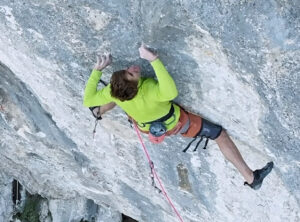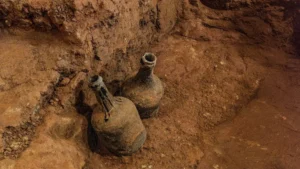Few stories define the history of the American West like the slaughter of its most important species: the bison.
These enormous, majestic animals once numbered in the millions until unregulated hunting in the 19th century destroyed the entire population. As bison reached the brink of extinction, their fate remained tied to the livelihood of Native Americans throughout the plains.
Now, many of those same tribes have begun charting a new future for themselves and the American bison.
About 82 tribes have accumulated more than 20,000 bison spread across 65 herds, the Associated Press reported this week. The number of bison in Indigenous hands has grown steadily, as the tribes work to restore the species upon which their ancestors depended for millennia.
Most of the remaining North American bison remain in commercial herds. But some American officials have started supporting Native efforts to treat bison as wildlife. Troy Heinert, a South Dakota state senator and director of the InterTribal Buffalo Council, has already moved thousands of bison from federal lands into tribal territories.
“Buffalo, they walk in two worlds,” Heinert told The Associated Press. ”Are they commercial or are they wildlife? From the tribal perspective, we’ve always deemed them as wildlife, or to take it a step further, as a relative.”

Yellowstone Bison in the winter snow. Photo: Shutterstock
A tragic history
For 10,000 years, Native Americans of the Great Plains and the Rocky Mountains depended on bison to survive, according to the National Bureau of Economic Research.
As a result, few things contributed more to their eventual decline than the destruction of bison, often called buffalo by Native peoples.
In fact, before the bison population’s decline, bison-reliant societies had living standards comparable to — or even better than — their European contemporaries. The wholesale slaughter of bison was hardly an accident. It became a crucial part of how the American government appropriated Native lands for its own purposes.
In a study published by the organization this month, researchers argued that the loss of bison continues to impact Native tribes.
“The rapid loss of the bison, combined with limited access to credit, permanently altered bison-reliant nations’ dynamic path of development and can help explain the relative poverty today of Indigenous nations in the interior of North America,” the study said.
Ver esta publicación en Instagram
Hope for the future
While some organizations had partnered with tribes to help restore bison, many are now stepping aside, leaving the tribes in charge.
The bison’s return could also help the environment. Bison conservation efforts have grown in both Yellowstone National Park in the U.S. and Banff National Park in Canada.
“As summers grow hotter and drier and rainfall more erratic, restoring buffalo to tribal lands could provide people with a healthy source of food and boost the resilience of plains ecosystems,” Grist reported.
Yet for people like Heinert, it’s important to retain a focus on restoring the connection between bison and the Native peoples who long depended on them.
“All of these tribes relied on them at some point, whether that was for food or shelter or ceremonies. The stories that come from those tribes are unique to those tribes,” he told the AP. “Those tribes are trying to go back to that, reestablishing that connection that was once there and was once very strong.”






